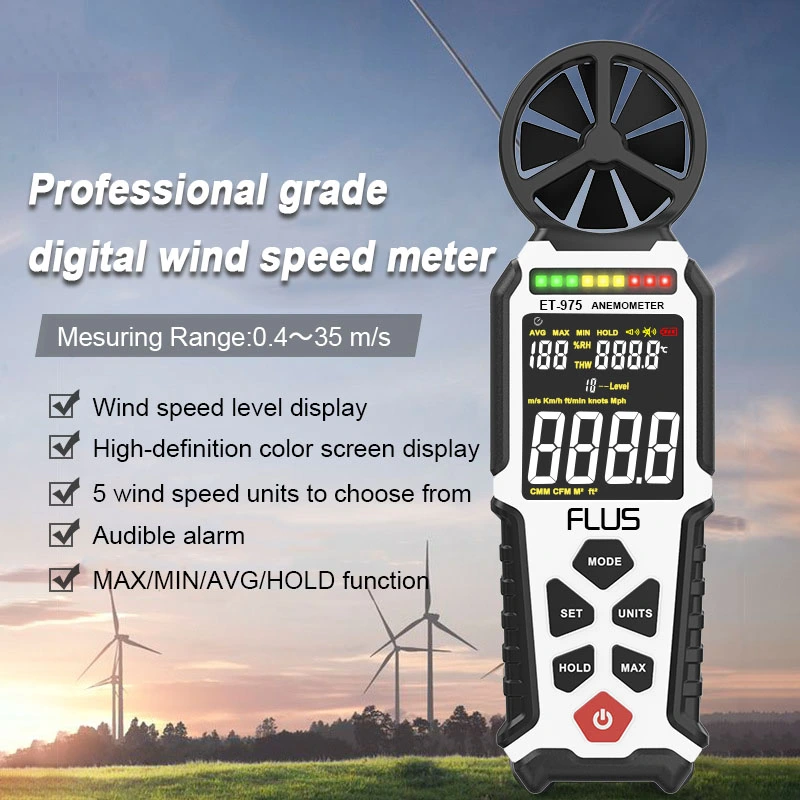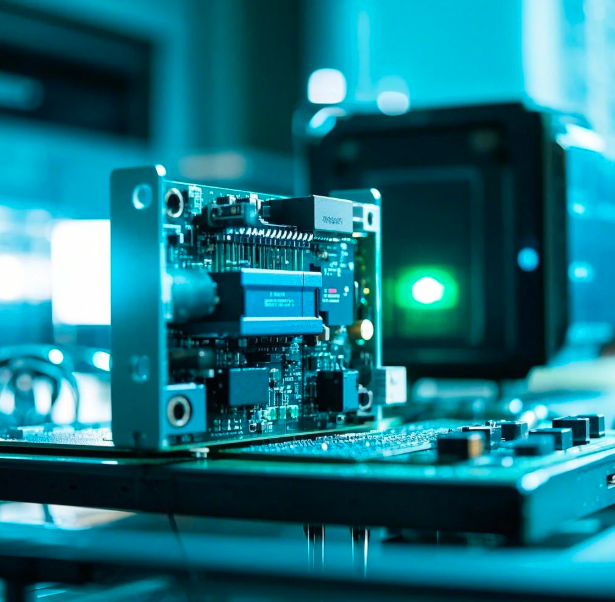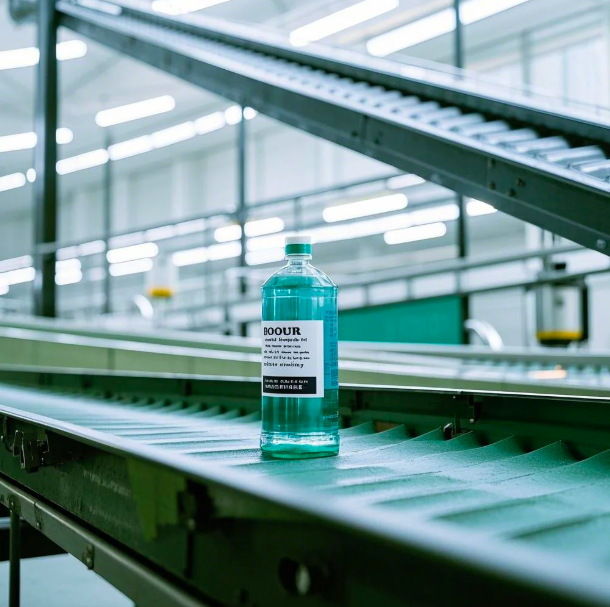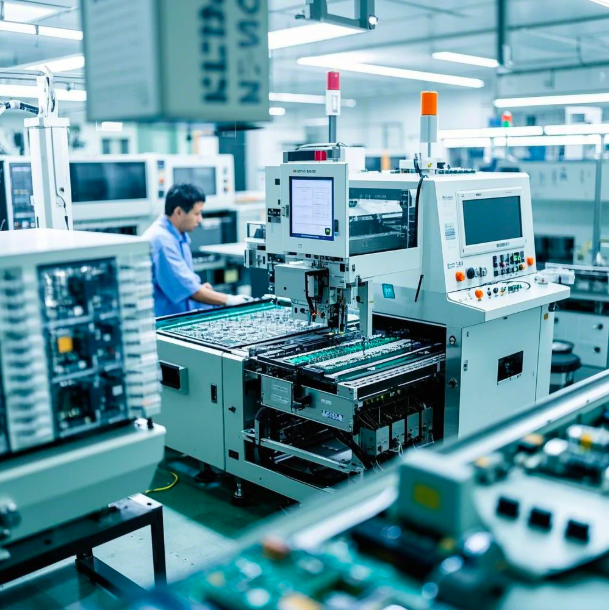目录
Picking the right robot for your business can feel like a big decision. With so many choices, it’s easy to get overwhelmed. That’s why we’re here to help. In this article, we’ll break down what you should know when choosing between 3 axis robots and 5 axis robots. We will show you what each one can do and help you figure out which is the better fit for your needs. Whether you’re in manufacturing, assembly, or another industry, this guide will make the decision easier for you.
Let’s get right into it!
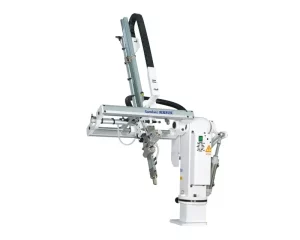
What You Should Know
We’ll be looking at what you should know about 3 axis robots and 5 axis robots in terms of their movement, abilities, and cost.
3 axis robots: 3 axis robots operate in three dimensions, that is, they allow for movement along the X, Y, and Z axes. They are ideal for tasks that require linear movements in a fixed plane, such as pick-and-place operations or simple material handling tasks.í
The 3 axis robots are typically more affordable and easier to program compared to their 5-axis counterparts.
5 axis robots: 5 axis robots, on the other hand, offer a wider range of motion with more axes for rotation. Since they are more flexible, they are used to manipulate objects from more angles and positions, making them suitable for complex tasks like intricate machining or intricate assembly processes.
While 5 axis robots are more expensive and require advanced programming skills, the precision they provide is invaluable.
What to Consider Before Choosing Any for Your Business
- Task complexity: If your business involves more complex machining or assembly processes that require manipulation from multiple angles and positions, then a 5-axis robot would be the better choice over a 3 axis robot. For example, if your business is focused on creating custom components or performing detailed surgical procedures, a 3-axis robot may not provide the needed precision to handle these tasks well.
On the other hand, if your business primarily deals with simple pick-and-place operations or material handling tasks that involve linear movements in a fixed plane, a 3-axis robot would be the perfect choice.
- Budget and programming expertise: Consider your budget and the programming skills available in your team. 3 axis robots are more easier to program than 5 axis robots.
If your business can afford the investment and has skilled programmers to handle the advanced programming requirements, then a 5-axis robot could greatly improve your operations.
- Space constraints: 3 axis robots have a smaller footprint compared to 5 axis robots, making them suitable for businesses with limited space. If your workspace is confined or you need to fit the robot into a specific area, a 3 axis robot would be the better choice.
- Scaling your business: You should also consider the expansion of your business before choosing between 3 axis robots and 5-axis robots. 3 axis robots are good if you don’t require much expansion. 5-axis robots, though more costly, are ideal if you want to take on more tasks in the future.
0
